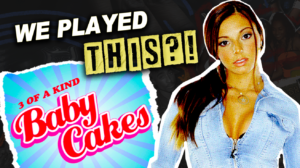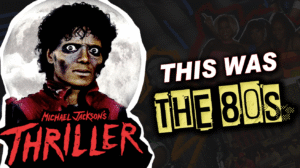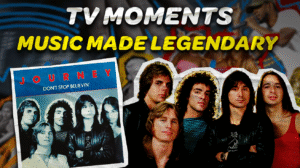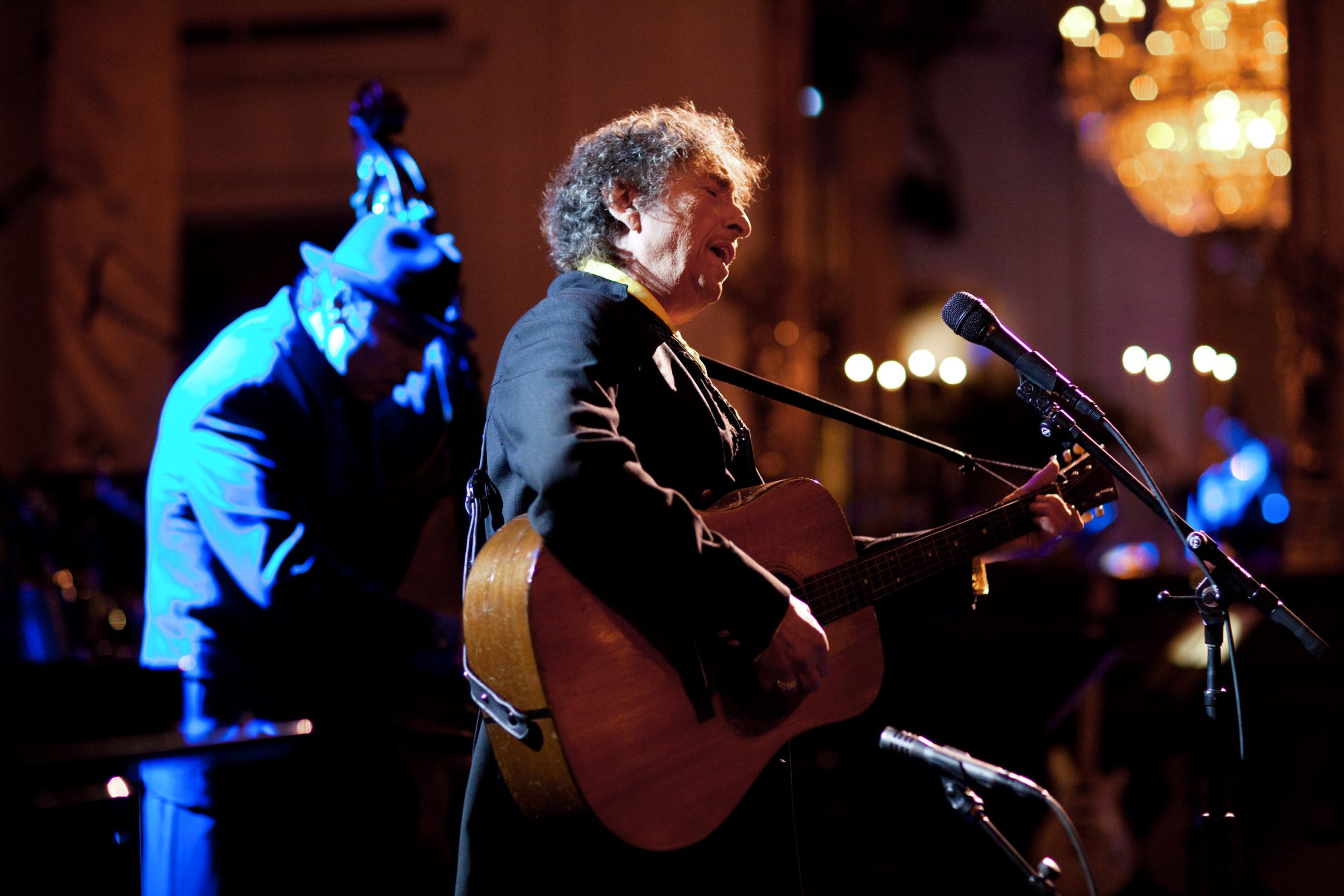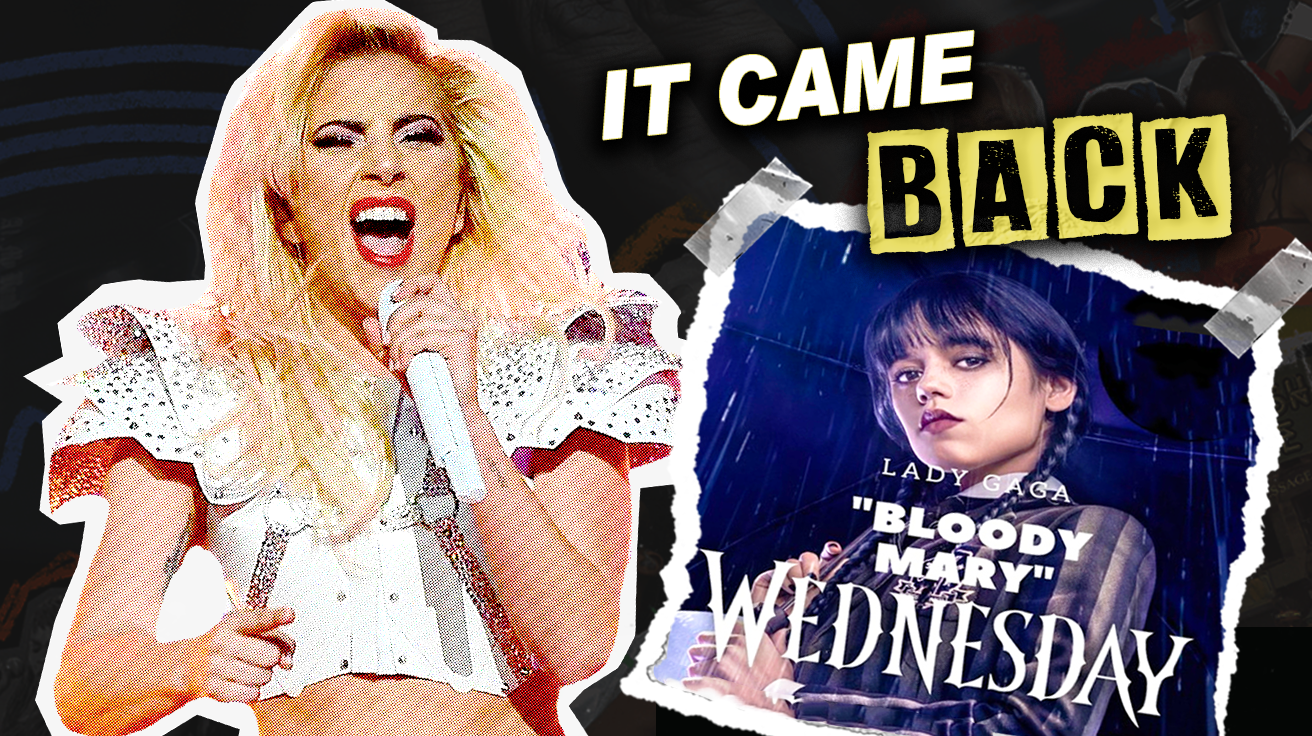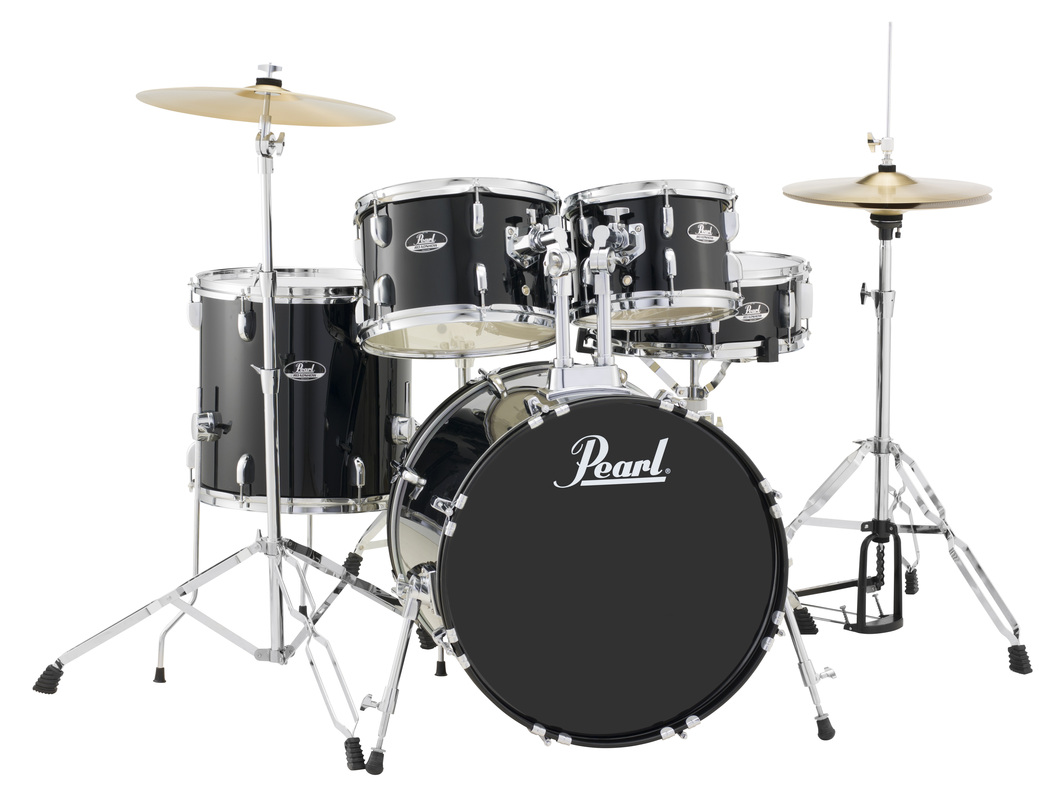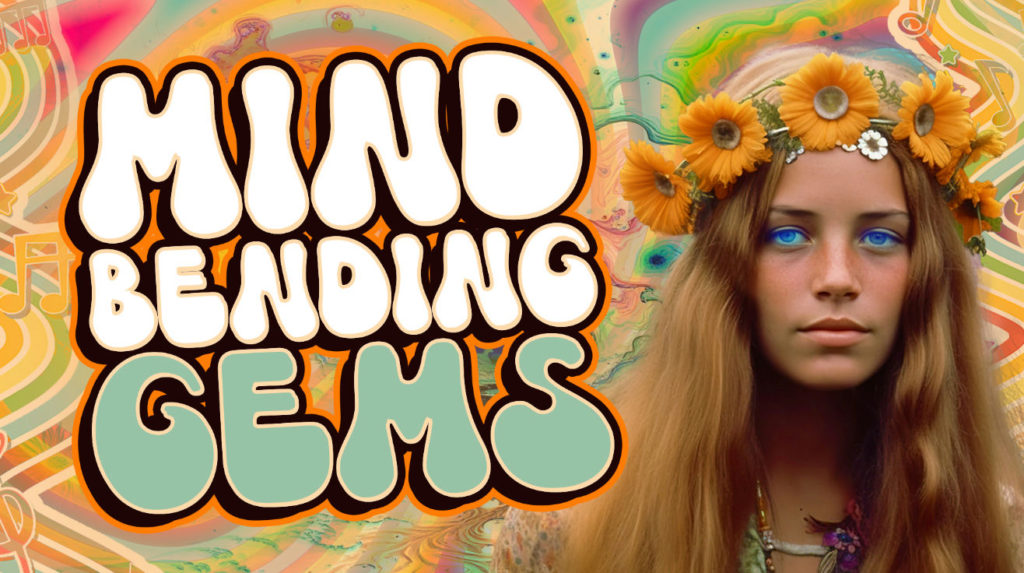
It’s the mid-20th century, and music is having what can only be described as an existential crisis on acid. The psychedelic scene isn’t just “pushing boundaries”—it’s taking those boundaries, folding them into origami swans, and sending them floating down a river of melted clocks.
This exploration highlights ten forgotten psychedelic treasures that deserve significantly more recognition than they received, like archaeological gems buried under layers of more commercial recordings.
The Third Rail – “ID Music” (1967)
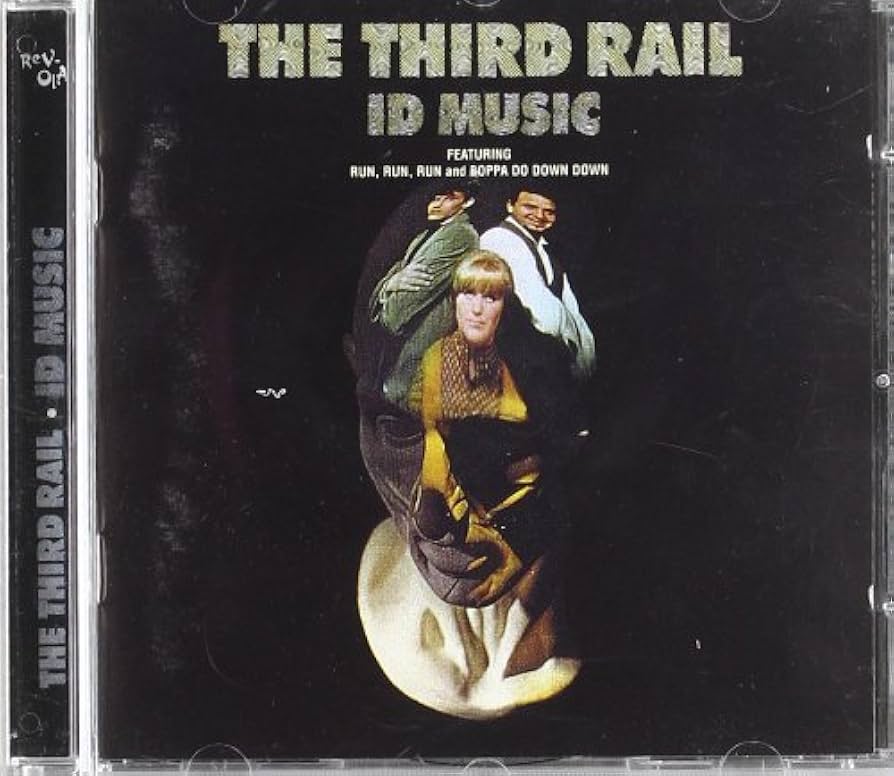
“ID Music” is a remarkable album that deserves wider recognition. It blends sunshine pop with psychedelic elements in a seamless way, like a skilled bartender mixing a perfect cocktail that you didn’t even know you wanted. This rare recording showcases Arthur Resnik’s songwriting talent, the same songwriter who co-wrote hits like “Under the Boardwalk” and “Good Lovin’.”
“The Ballad of General Humpty” delivers playful whimsy with precision, while “If It’s Elena, It’s Alright” creates a warm, enveloping sound. The album floats through the ear like a perfect summer day distilled into musical form.
Fun and Games – “Elephant Candy” (1968)
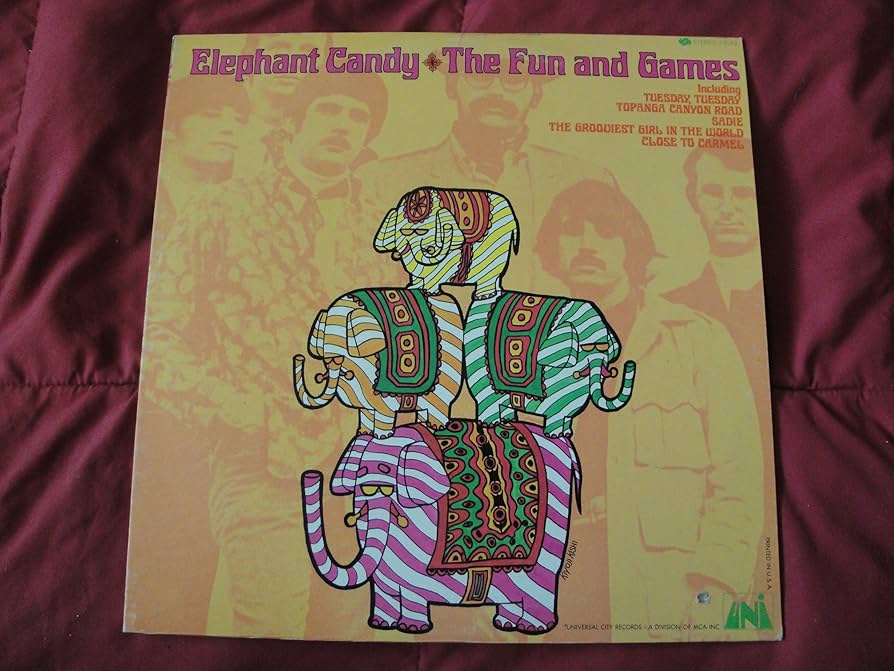
The evolution from Six Pence to The Fun and Games Commission shows remarkable musical growth. “Elephant Candy” employs numerous psychedelic production techniques, including backward guitar solos and phasing effects, with a precision like a neurosurgeon who moonlights as a watchmaker.
The track “Sad” contrasts melancholy lyrics with upbeat instrumentation. “The Grooviest Girl in the World” features innovative chord progressions. Rock Romano later joined Dr. Rocket and Sisters of Mercy, but this album remains his most creative work—a butterfly that emerged brilliantly from the chrysalis of his earlier musical efforts.
Federal Duck – “Federal Duck” (1968)
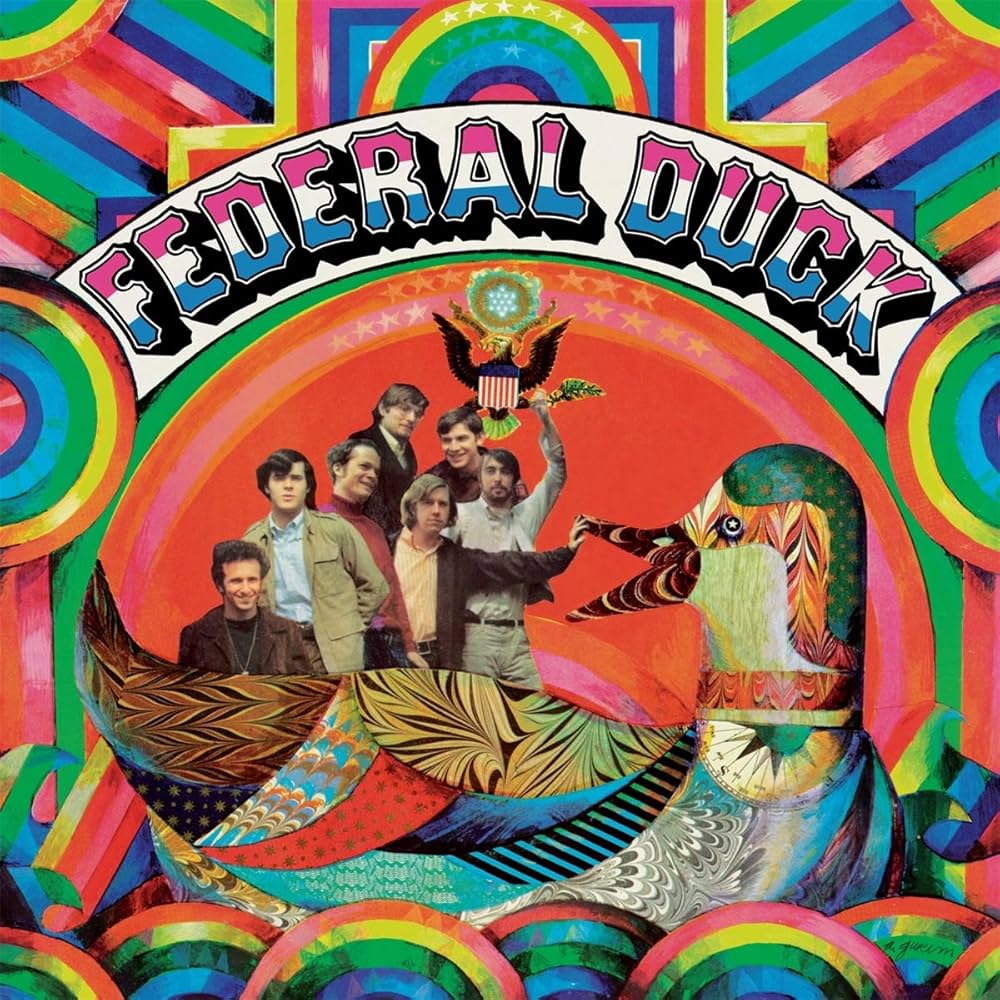
Federal Duck created music that was both comforting and slightly disorienting. Their self-titled album presents gentle acoustic arrangements with unexpected depth, like a kiddie pool with a surprise underwater cave system.
“Easy Virtue Blues” begins delicately before building to an impressive intensity. “Bird” incorporates garage rock influences while maintaining a dreamy quality. This album creates a musical landscape where fog and clarity exist simultaneously, never fully resolving into either.
The Critters – “Touch ‘n Go with The Critters” (1967)
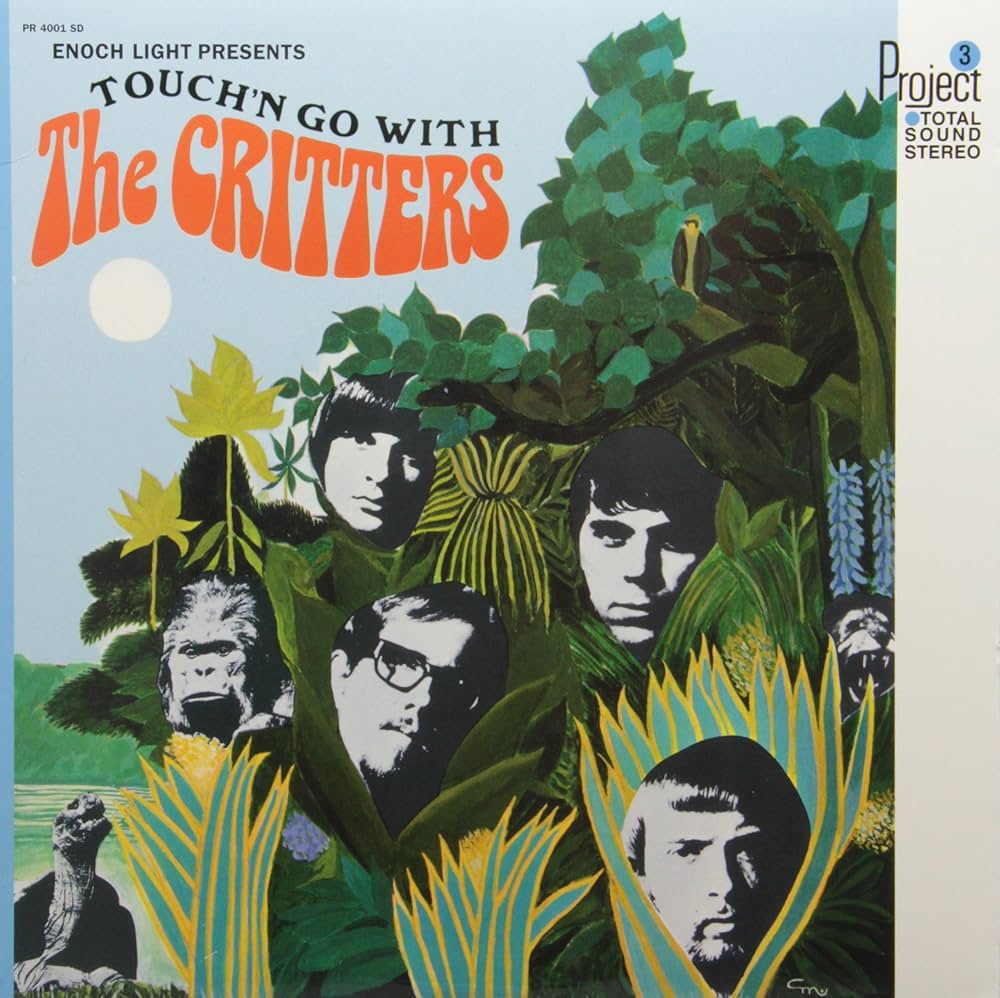
Despite their playful name, The Critters produced “Touch ‘n Go,” an album that manages to be both catchy and musically complex, like a crossword puzzle designed by a poet.
Their version of “Reason to Believe” elevates the folk song through thoughtful use of wind instruments. “It’s Love” and “Being With You” create genuinely uplifting musical moments. The Critters crafted songs like master chefs, using familiar ingredients to create something unexpectedly sophisticated.
Colors – “Colors” (1968)

The band and album sharing the name “Colors” demonstrates the group’s confidence in their musical identity. While clearly influenced by The Beatles, they developed their own distinctive sound, like a tribute artist who accidentally discovers they have their own voice.
“Helping You Out” incorporates sitar in a tasteful, integrated way. “Where Is She” features memorable hooks, while “Rather Be Me” explores innovative vocal techniques. Colors arrived fashionably late to the psychedelic party but dressed better than most of the early guests.
Blackwood Apology – “House of Leather” (1968)
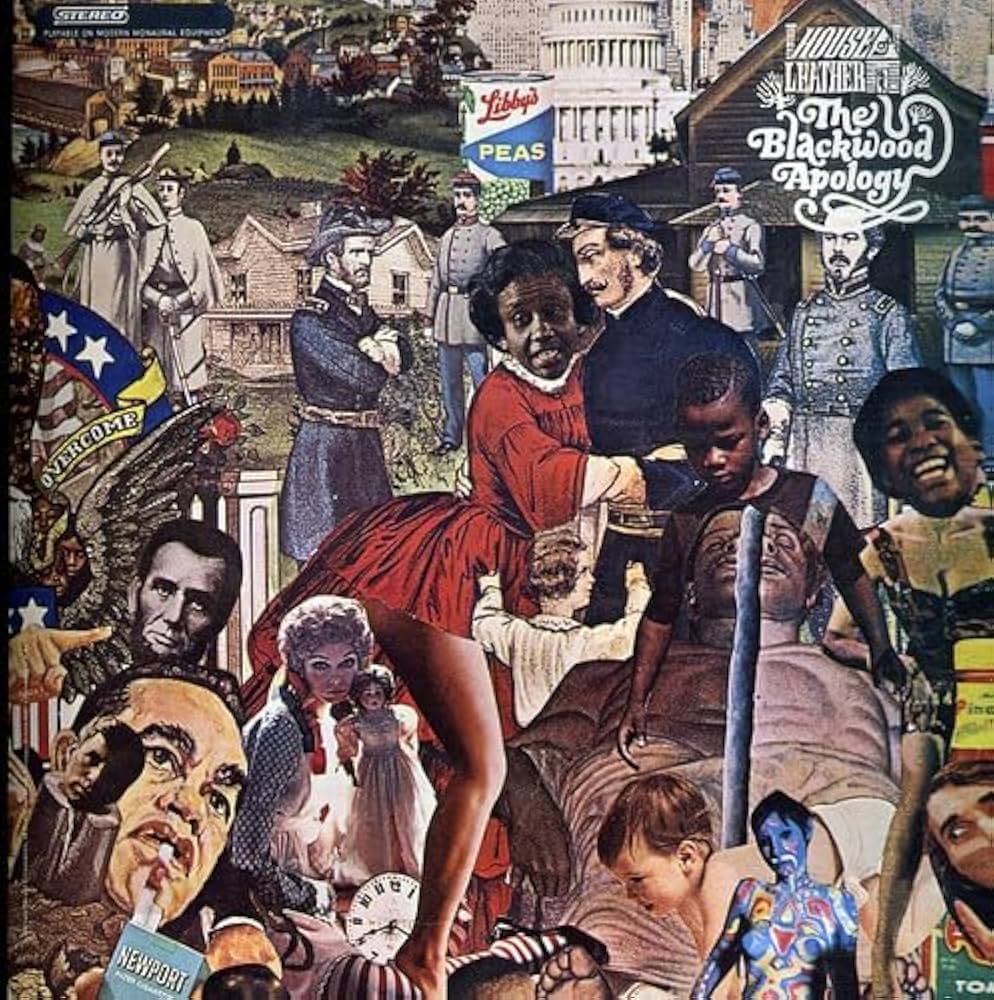
“House of Leather” is a concept album about a Civil War-era brothel that combines sunshine pop harmonies with psychedelic arrangements, creating an intriguing contrast, like serving birthday cake at a funeral.
Their reimagined version of “Swanee River” features forward-thinking guitar tones. Producer Dale Menon deserves credit for making this unusual concept work cohesively. The album juxtaposes light and dark like a Rembrandt painting, finding beauty in the contrast between shadows and illumination.
The Rascals – “Once Upon a Dream” (1968)
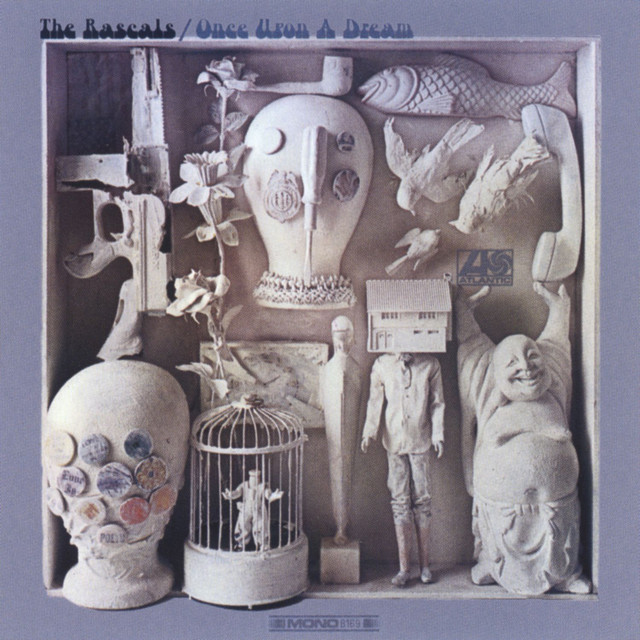
The Rascals transitioned from R&B hitmakers to psychedelic explorers with “Once Upon a Dream,” which embraces experimental sounds while maintaining their musical identity, like a straight-laced accountant who shows up to work with a secret dragon tattoo.
The album features intricate piano work, changing time signatures, and orchestral arrangements that complement the band’s soulful roots. Narrated interludes connect the songs conceptually. “I’m Gonna Love You” delivers emotional resonance, while “My Hawaii” demonstrates their ability to incorporate diverse musical influences. This album shows The Rascals shedding their musical skin while somehow keeping their soul intact.
Grapefruit – “Around Grapefruit Each Night” (1968)
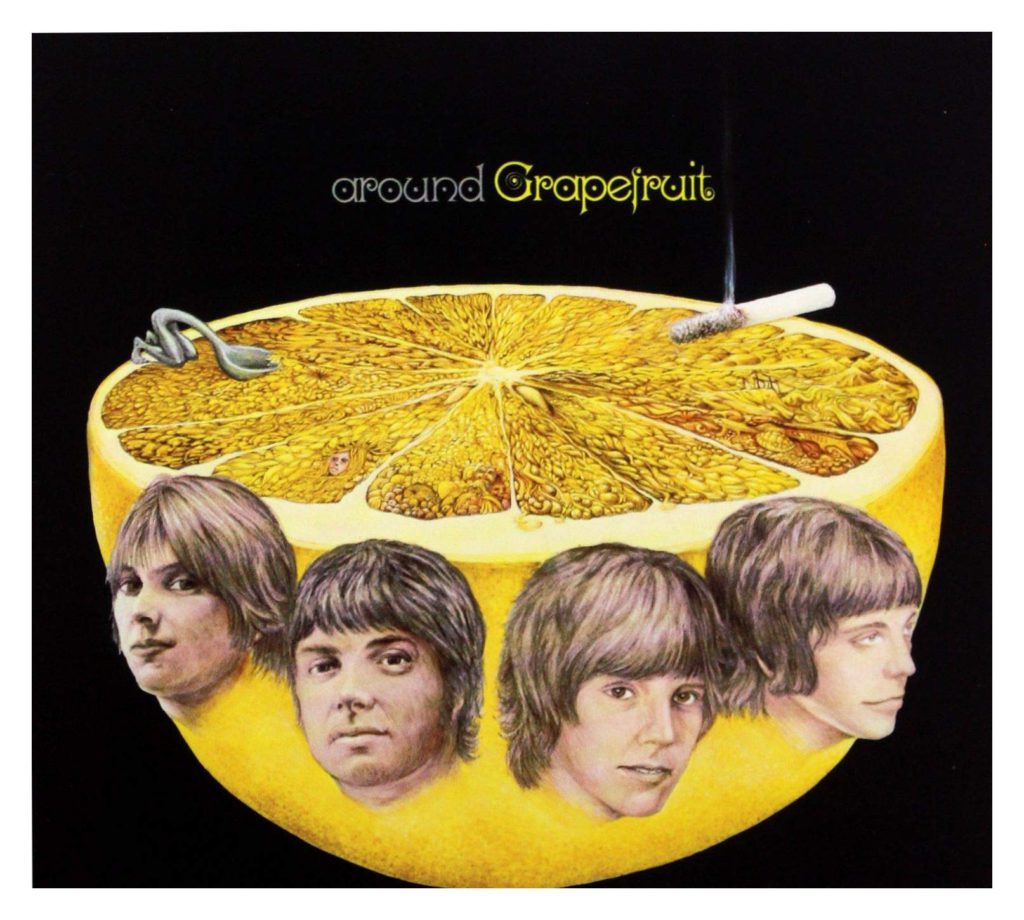
Grapefruit had impressive connections in the music world. Founded by Alexander Young (brother to AC/DC’s Angus and Malcolm), signed to Apple Records, named by John Lennon, and produced with help from both Lennon and McCartney. Despite these advantages, they never achieved commercial success, like a restaurant with Michelin-starred chefs that somehow can’t fill its tables.
“Around Grapefruit Each Night” combines baroque pop with psychedelic elements. Tracks like “Dear Delilah” and “Elevator” demonstrate that having Beatles connections doesn’t guarantee comparable fame. Grapefruit was like a royal heir who never inherited the throne—blessed with pedigree but denied the crown of commercial success.
The Peppermint Trolley Company – “The Peppermint Trolley Company” (1968)
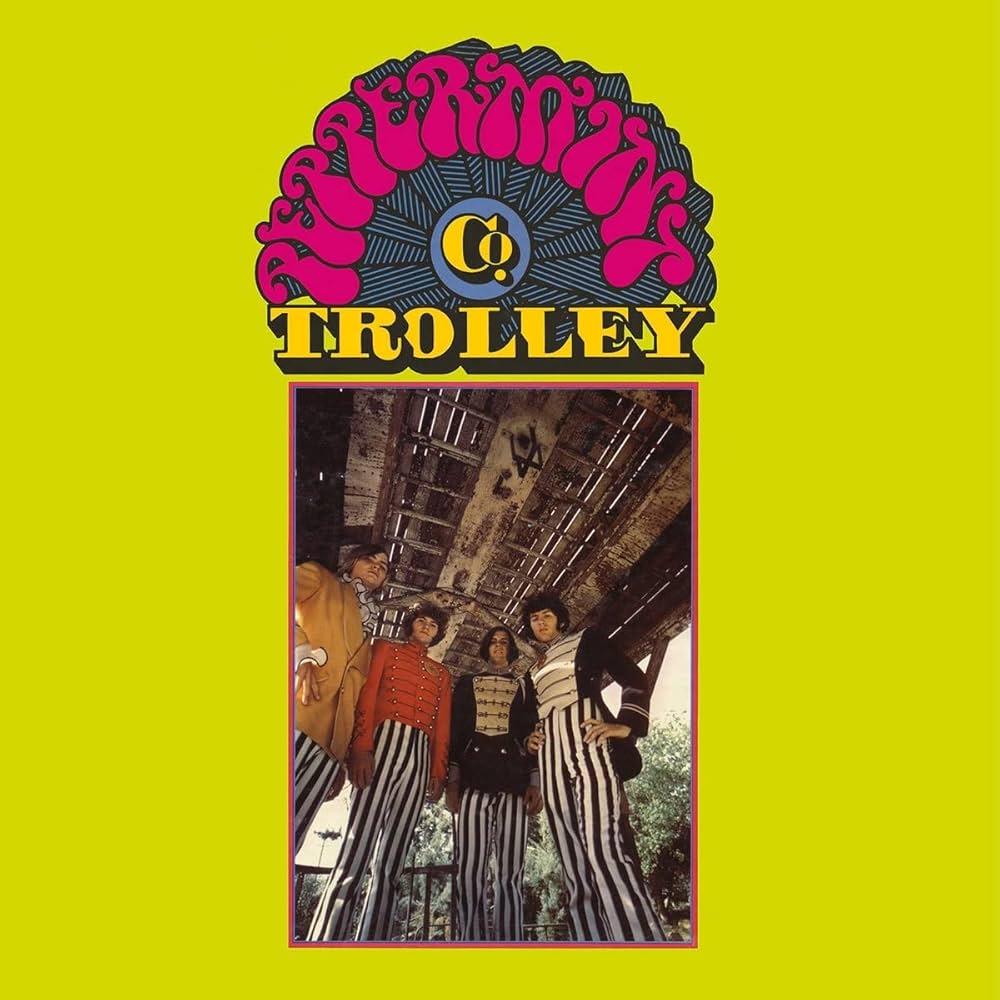
The Peppermint Trolley Company created an album of melodic songs that capture California psychedelia’s optimistic qualities, like finding a four-leaf clover in a field of wildflowers.
Their minor hit “Baby You Come A Rolling Across My Mind” showcased their accessible sound, while “Put Your Burden Down” and “Reflections On A Universal Theme” revealed their experimental side. The band later wrote “The Brady Bunch” pilot theme—a significant shift in their musical direction. Their self-titled album distills the essence of the Summer of Love into musical form, without the darker undercurrents that defined much of the era.
The Troll – “Animated Music” (1968)
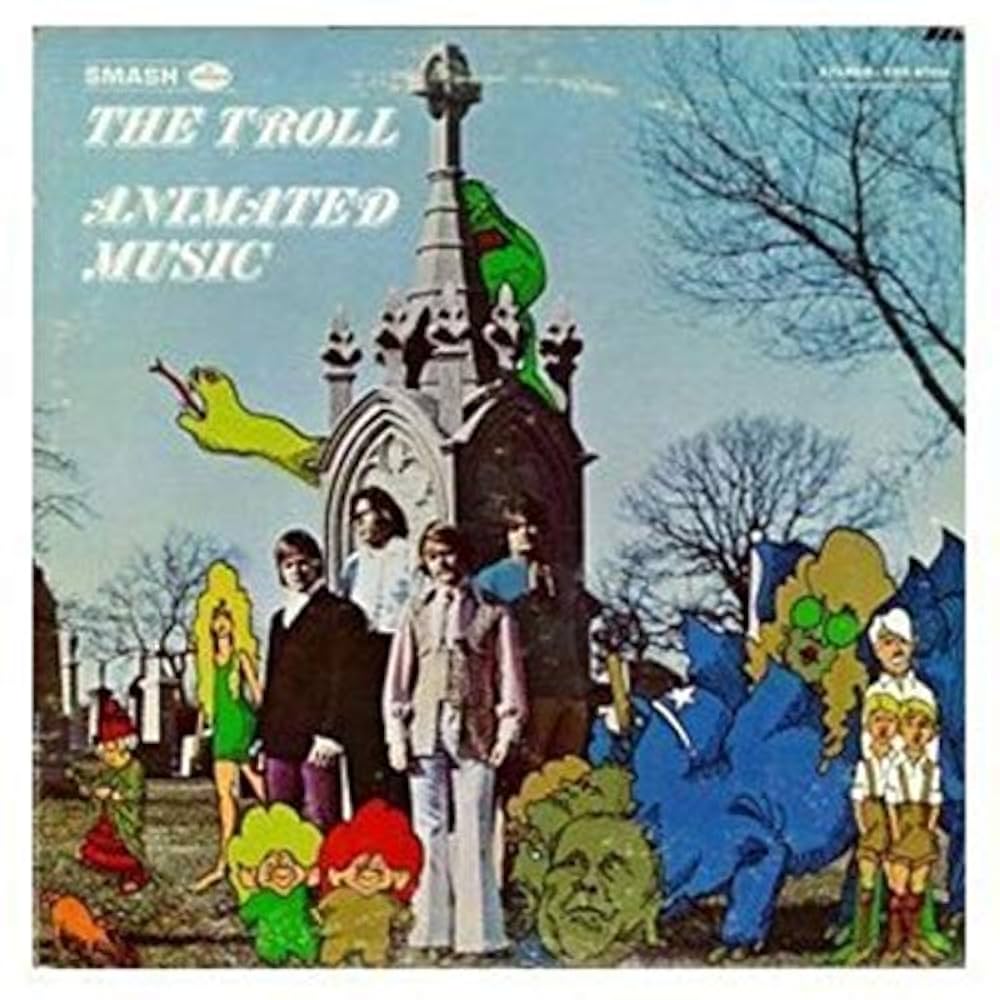
Chicago’s The Troll created psychedelic music with distinctive character. “Animated Music” combines baroque pop arrangements with unusually dark lyrics, creating an interesting contrast, like a kindergarten teacher who writes horror novels after hours.
“Saturn City News” effectively satirizes broadcast media. “Professor Pott’s Pornographic Projector” features provocative themes, while “Mr. Abernathy” creates a compelling character study. “Have You Seen The Queen” demonstrates their ability to balance accessibility with avant-garde elements. The Troll’s music serves as a wolf in sheep’s clothing—deceptively pleasant arrangements concealing lyrics that bite with unexpected sharpness.




